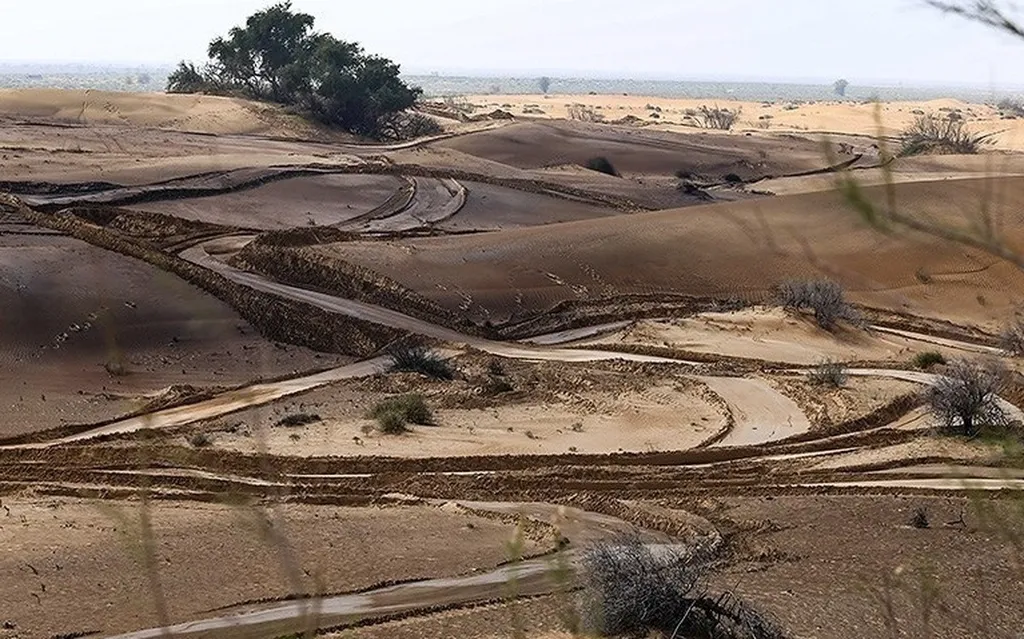In the heart of Iran, a groundbreaking study is reshaping our understanding of soil stabilization, with significant implications for the energy sector. Vahid Pesarakloo, a researcher from the Department of Civil Engineering at Arak Branch, Islamic Azad University, has been delving into the effects of Gorgan Bay’s sludge ash on the mechanical properties of Gorgan loess soil. His findings, published in the esteemed journal ‘مهندسی عمران شریف’ (Sharif Civil Engineering), could revolutionize how we approach soil stabilization, particularly in the context of energy infrastructure projects.
Pesarakloo’s research focuses on the unconfined compressive strength, shear strength, and consolidation properties of loess soil when mixed with varying proportions of sludge pond ash (SPA) from Gorgan Gulf. “The idea was to find a sustainable and effective way to enhance the mechanical properties of loess soil, which is often challenging to work with due to its loose and porous nature,” Pesarakloo explains.
The study involved mixing different proportions of SPA with the loess soil and subjecting the samples to various tests, including unconfined compressive strength, direct shear, and consolidation tests. The results were promising. “We found that adding SPA to the base soil significantly increased the unconfined compressive strength, which is a crucial parameter for the stability of any structure,” Pesarakloo reveals.
The implications for the energy sector are substantial. Loess soil is prevalent in many regions where energy infrastructure is being developed. Enhancing its mechanical properties through the addition of SPA could lead to more stable and durable foundations for structures such as wind turbines, solar farms, and transmission lines. This could not only reduce construction costs but also improve the longevity of these critical energy assets.
Moreover, the study found that the addition of SPA also improved the shear strength properties of the loess soil. “The changes in moisture percentage for this test were not specific due to soil saturation and consolidation, and did not have a great effect on the increase of shear strength parameters with the increase of SPA,” Pesarakloo notes. This finding suggests that the use of SPA could be particularly beneficial in areas with varying moisture conditions, further expanding its potential applications.
The consolidation tests revealed that adding SPA to the soil caused a noticeable decrease in the compression and recompression indices. This could be beneficial for reducing settlement issues in structures built on loess soil, another critical factor for the energy sector.
As the world continues to grapple with the challenges of climate change and the need for sustainable development, Pesarakloo’s research offers a glimmer of hope. By utilizing waste materials like sludge ash, we can not only enhance the mechanical properties of soils but also contribute to a more circular economy. This could pave the way for more sustainable and resilient energy infrastructure, a crucial step towards a greener future.
In the words of Pesarakloo, “This research is just the beginning. There’s so much more to explore in terms of optimizing the use of SPA and other waste materials in soil stabilization. The potential is immense, and the benefits are far-reaching.” As we stand on the cusp of a new era in energy development, Pesarakloo’s work serves as a reminder of the power of innovation and the importance of sustainable practices.

